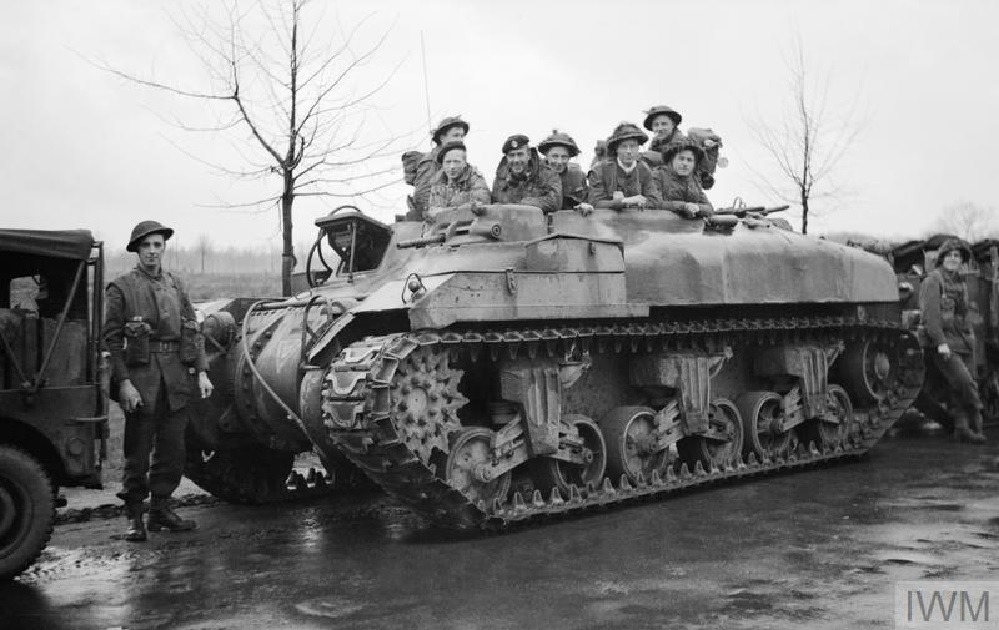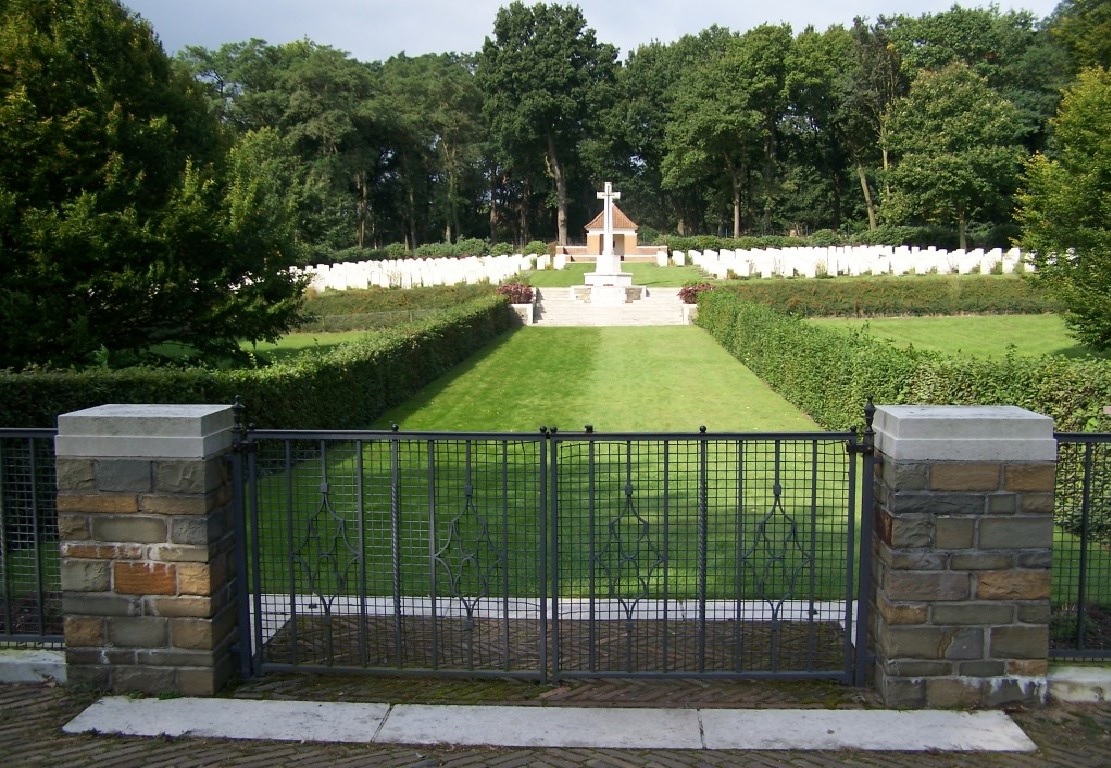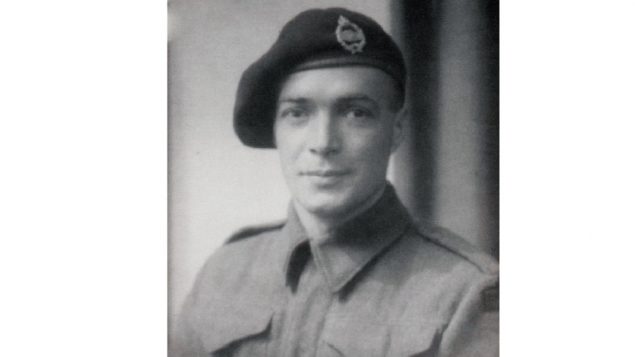In the heat of battle as armies move back and forth across battlefields and countries, as bombs and shells cover, uncover, and recover the fallen, many are simply lost forever.. Others, hastily buried in makeshift battle graves, are forgotten as the war and time moved on, or when recovered, identification was no longer possible.
There are approximately 27,000 Canadian military personnel from the two world wars who have no known graves.
Now, there is one less.
The Department of National Defence announced yesterday that a Canadian soldier from the Second World War has been identified. He is Trooper Henry George Johnston of Chauvin Manitoba. Tpr Johnston had originally been buried as a unknown soldier in the Commonwealth War Graves Commission Mook War Cemetery in the Netherlands.
- RCI: Oct 3/16: Unknown soldiers: finding names, closure (interview)
- RCI: Nov 6/14: Almost 100 years later, another soldier will be laid to rest
Tpr Johnston had enlisted in Calgary in 1943, and was assigned to the 1 Canadian Armoured Personnel Carrier Regiment, Canadian Armoured Corps. the following year.

Tpr Johnston, 1 CACR, was a gunner and radio operator aboard a “Kangaroo”. These were Canadian Ram tanks converted to carry soldiers to their destination protected against small arms fire and shrapnel thus avoiding typical losses while marching to objectives or being carried in open trucks. By removing the turret, shell storage racks and other modifications, each Ram could carry 11 infantry protected inside the hull. America “Priest” self propelled guns were also converted by 1 CACR by removing the gun and adding extra armour protection to the sides and rear. Thus the idea of ‘armoured personnel carriers’, in use by militaries ever since, was created by Canadians in 1944..
Shown here are infantry of the 53rd (Welsh) Division in a Ram Kangaroo on the outskirts of Ochtrup, Germany, 3 April 1945 (IWM BU-2956)
He was killed in action on January 17, 1945 at Baakoven during an operation ferrying the British Devonshire Regiment into action in Operation Blackcock. The operation was to push the Germans out of the Roer Triangle, formed by the towns of Roermond and Sittard in the Netherlands and Heinsberg in Germany..

The Mook War Cemetery in the Netherlands ( Commonwealth War Graves Commission)
Tpr Johnston was identified as part of the Canadian Armed Forces’ Casualty Identification Program
This is an ongoing forensic and bio-archaeological programme established in 2007 to try to identify an increasing number of remains being discovered and to take advantage of new technologies to help in identifying previously unknown fallen. With the identification, a new headstone will be created.
additional information -sources







For reasons beyond our control, and for an undetermined period of time, our comment section is now closed. However, our social networks remain open to your contributions.